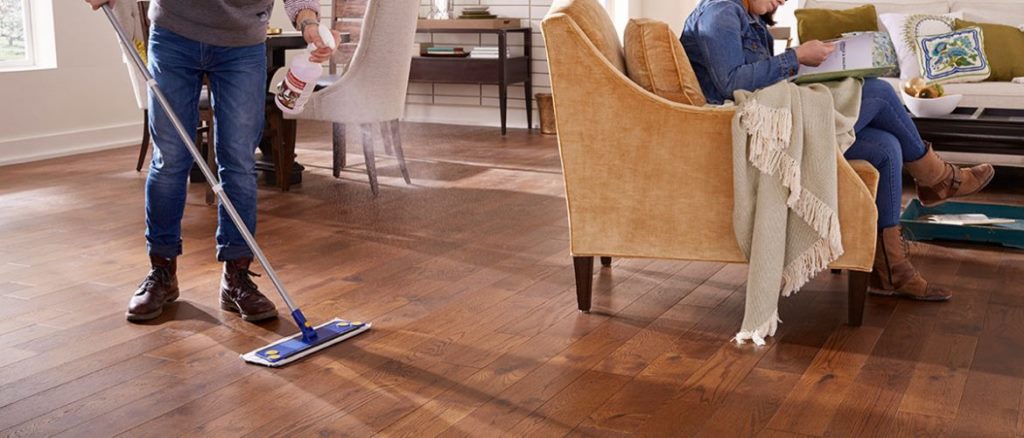Most people are delighted when they discover a home they are looking to buy as hardwood floors. They look good, are durable, and can be repaired and restored as necessary.
But, even the best hardwood floors eventually need replacing. The question is when do you repair and when do you acknowledge that it’s time to replace them?
Hardwood flooring comes in a wide array of styles, ranging from simple planks to fantastic, and artistic, parquet flooring. But, looking after them requires the same approach.
Knowing When To Replace
If your hardwood flooring falls into one of the following categories you need to think about replacing it. If not, you should be able to repair and refinish it.
- Refinished already
Hardwood floors are made of solid wood. That means you can sand them down and recoat them to remove blemishes and restore the original shine. However, after you’ve sanded and refinished them approximately 10 times you’re going to want to replace them.
The fact is that sanding removes part of the wood. Eventually, the hardwood is going to get thin. This will make it prone to cracking and make it less sound structurally. At that point safety dictates you replace it.
- Deep Scratches
Sanding removes scratches which is one of the biggest issues with hardwood floors. However, if the scratches are deep, or simply grooves, it’s unlikely that you’ll be able to safely sand your floor down deep enough to remove the blemish.
This means you’ll be left with only one option; replacing it.
- Water Damage
If you have solid hardwood floors then they are protected from spills by the topcoat. However, this is worn down over time and won’t protect your wood if the liquid is left to sit on it.
In other words, spills and stains can get into your hardwood. If this happens you’ll find it virtually impossible to remove, even by sanding them. You’ll need to replace the affected boards or even the whole floor.
You also need to note that consistent wetness on the floor will encourage wet rot which can make the floor unsafe.
- Visible Nails
Most hardwood floors are nailed down. The nails are driven deep into the wood and shouldn’t be visible. Once they start to become visible this means the floor has been sanded too many times or that the boards are becoming loose.
It’s unsightly and potentially dangerous, indicating it’s time to replace the floor.
In fact, if the floorboards are creaking extensively you’ll need to check the underfloor, it could just be age but it could also be a sign that the structure underneath is unsound and needs replacing.
Repair The Floor
If the above criteria don’t apply then there’s a good chance you can repair the floor. However, if you’ve never done this before you’ll probably want expert help to ensure you get it right.
Sanding one area more than another can lead to dips on your floor which will look different and potentially cause trip hazards.




















